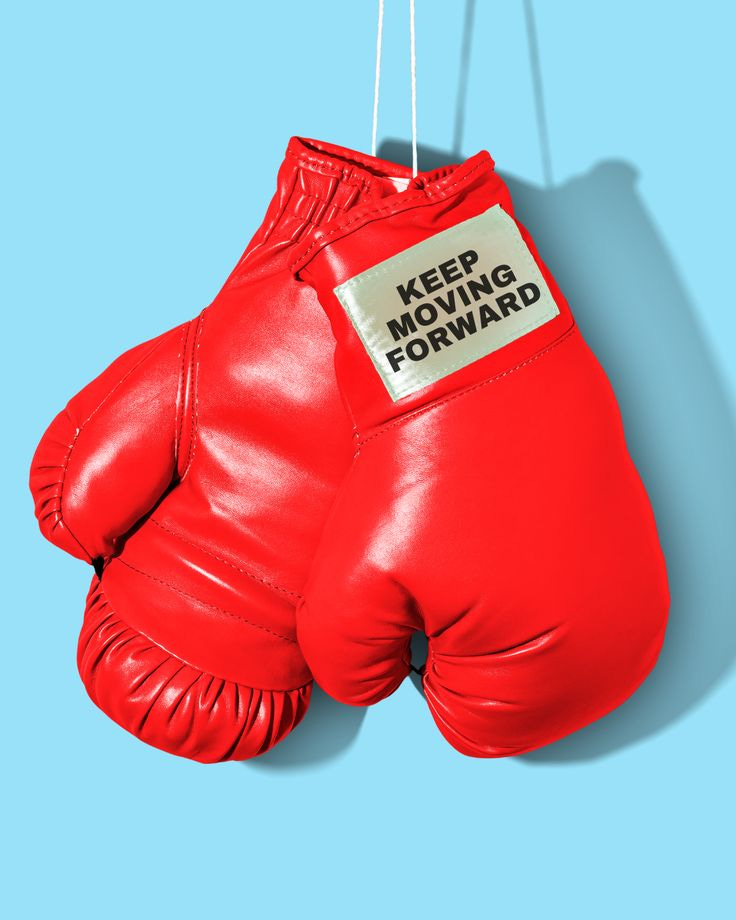It’s been a month.
In March, I attended Cosmoprof Worldwide in Bologna for the first time. With over 10,000 brands and more than 150 countries represented, it was overwhelming to say the least. If you want to see what’s trending globally, who’s actually innovating, and how many ways the same product can be repackaged as “new” and “breakthrough,” this is the place. (Hyaluronic acid for hydration? Groundbreaking.) I’ll go again, but next time, with a strategy. This is not the place to fuck around and find out.
Then came a three-day conference bender in New York. I started with Brands & Culture, a new-to-the-U.S. event for marketing leaders and brand builders. What drew me in was the lineup of Substack heavy-hitters: Casey Lewis (After School), Ana Andjelic (The Sociology of Business), and Kirsten Ludwig + Chris Danton of Good Thinking. They delivered. Other standouts included Caroline Mayhew Gardner (The RealReal) and Quay Fox (Virtue), who unpacked what is and isn’t culture. (Spoiler: culture is not a trend, and it won’t save a weak product.)
Next stop: BeautyMatter Future50. If you’re in beauty, this is the room to be in. The content is smart, the voices are fresh, and the perspectives are original. The panel Imitation vs. Innovation: Opportunities within Dupe Culture was a wild ride—off-script, no clear winner, and full of spirited debate. A must-watch for brand nerds, if someone finds a bootleg.
I wrapped the week at THE BOARD’s annual NYC event—an intimate, high-vibe gathering of brand insiders I now consider friends. I hosted a panel on cultural relevance with Kirsten Ludwig, Jamie Rosen (Office of the Surface), and Rachel Swanson. Inspo was at an all time high.
I don’t go to these events to find clients. My clients usually aren’t in the room. The ROI for me is insight. Not hot takes on fleeting trends (there are Substacks for that), and not founder war stories (there are podcasts for that), but the deeper signals.
Micro trends point to macro trends. Macro trends point to global drivers. And my job as a GTM strategist is not to react to the moment but to build for the movement behind it. Because by the time something’s trending, it’s already over.
For clients prepping to launch in 6 months, or even 6 weeks, I don’t build strategies based on what’s happening today. I build based on the macro trends shaping tomorrow.
After dozens of conversations across four conferences and two continents, here’s what I’m seeing.
Luxury x Longevity x Hospitality: We’re In Our Convergence Era
“How beauty brands align with hospitality over the next ten years will determine their success.”
That was Chris Sanderson, co-founder of The Future Laboratory, in his keynote at Future50. A bold claim, but after walking the spa and wellness tech pavilion at CosmoProf, my gut tells me he’s not wrong.
I started my career in luxury hospitality. It’s a notoriously slow, risk-averse industry. But it’s also perfectly positioned for transformation. As beauty, wellness, and tech continue to blur, and as longevity becomes the new luxury, hospitality is last and very best setting for immersive, sensorial, and science-backed beauty experiences. Performance. Personalization. Presence.
Opportunity: Hospitality is becoming a strategic growth channel for beauty. Think beyond traditional spa retail: co-branded treatment experiences, in-room rituals, and tech-tool integrations offer new paths to discovery. For science-forward skincare and wellness brands, now’s the time to reposition around “longevity” and build alliances that extend product into experience. Amenity programs? Less about sample-size, more about storytelling.
Move over Sheet Masks: Meet Smart Skincare
Eye patches. Sheet masks. Jawline straps. Wearable skincare is having a moment, but the real story is what it signals: smart skincare that reads the skin in real time. Think wearables with sensors that track hydration levels, pH balance, or inflammation, and recommend actives or regimens accordingly. A mask that tells you what your skin needs right now? This is where we’re headed.
Opportunity: Founders and formulators should ask: What could my product do if it were smart? Whether embedded in hardware or connected via app, technology opens new doors for real-time personalization and ongoing optimization. Wearables are no longer gimmicks. They're becoming the delivery system for the next generation of skincare.
Beyond Longevity: Cellular Senescence
Snail mucin for anti-aging. Centella for sensitivity. K-beauty everything. That’s where we are. But where are we going? My instinct tells me that even “longevity” is running out of time. The new conversation will revolve around cell senescence, when cells stop dividing under stress, triggering inflammation, dysfunction, and visible aging. This is where the conversation is heading: from “looking young” to “functioning young” at the cellular level.
Opportunity: The next conversation in skincare will move beyond longevity and into cellular optimization. For anti-aging, well-aging, pro-aging (I don’t get this one!?), and longevity skincare brands, start investing in science-backed storytelling around cell function, senolytics, and skin bioenergetics. Own the language early, educate the customer, and lead the shift before it becomes the norm.
Outsiders Are In
There’s always been a cool factor baked into indie brands — the ones that exist just outside the mainstream, speaking to subcultures with specificity and soul. Think Parker Posey. Or Bandit Running. They’re not trying to fit in. And that’s why they win.
Today, niche brands aren’t staying small. They’re scaling, but on their own terms. With discipline. With clear POVs. And most importantly, with loyal communities who see themselves in the brand.
Subculture doesn’t mean sub-scale. It means sub-mainstream. And that’s often where the most resilient growth happens.
Opportunity: Brands launching today should resist the siren call of mainstream virality. Instead, take the long view: build a razor-sharp brand strategy and own your niche with intention. Sustainable growth, healthy margins, and high retention aren’t just good business, they’re what investors value in 2025.
“Investors are no longer just chasing growth narratives; they're scrutinizing unit economics, demanding paths to profitability, and questioning the viability of cash-burning models like never before.”
~Faheem Siddiqi, Capital and Clarity
Tariffs + Tech = Trouble
Tariffs x AI are the two forces working independently yet simultaneously to create greater inequity between the classes. (Buzz kill. I know.)
As tariffs persist and intensify, the “trade down” trend deepens: more consumers shifting to private label, dupe culture, and discount retail. Big-ticket purchases get deferred. Aspiration feels further out of reach. Meanwhile, affluent consumers, insulated by assets and steady income, keep spending on travel, services, and luxury. The chasm widens.
At the same time, AI adoption is reshaping the labor market. To offset costs, companies are automating lower-level roles, many held by the same consumers already under economic pressure. The result? A sharper divide in how different segments shop, spend, and engage.
Opportunity: Now is the time for brands to get microscopically clear on who they’re speaking to and what that customer is really experiencing. Don’t assume. Do the work. Map behaviors by income, spending habits and psychographics. Tailor pricing, product mix, and distribution with surgical precision. In an era of polarization, broad-stroke strategies won’t cut it.
The Age of Dupes and Proof
As mass consumers lean harder into dupes, seeking the sweet spot between aspiration and accessibility, luxury is responding in kind. But not by chasing affordability. By doubling down on authenticity.
In a consumer landscape saturated with knockoffs, the ability to prove provenance becomes a key differentiator. Expect to see increased investment in blockchain-backed authentication, smart packaging, and digital certificates of origin. Luxury brands are no longer just selling superior product. They’re selling the proof of it.
Opportunity: For luxury and prestige players, now’s the time to reinforce scarcity, craftsmanship, and credibility. Authenticity is increasingly about traceability and luxury is about legitimacy.
Curation Is the New Flex
With a recession looming, inflation rising, and layoffs sweeping the nation, less sure as hell doesn’t feel like more.
But, within this cliche is an axiom that holds true: there’s value in curation. (I shared my perspective on this here.)
Brands with bloated SKU counts signal confusion. Brands with tight, intentional assortments signal confidence. When everything in your lineup solves a clear problem and earns its place, it becomes easier to buy and easier to believe in.
Curation is more than a merchandising strategy. It’s a mindset shift, for the brand and the consumer.
Opportunity: This is the time to edit. Audit your assortment. Cut what confuses and highlight what converts. Show consumers that you're not just reducing, you’re refining. Smart curation builds trust, increases conversion, and helps consumers spend consciously without feeling like they’re sacrificing. Lean products, clear purpose, real value.
Brands that thrive in today’s climate won’t necessarily be the loudest or the fastest. The ones that listen closely, move intentionally, and build from a place of purpose and not panic have a better chance of weathering this storm.
Next month will come with its own set of surprises. But for now, these are the signals I’m watching. Keep your eyes on the movement, not just the moment.






Some great focuses here for brands to future-proof. Especially the value of curation and doubling down on authenticity and craftmanships for luxury brands (and small brands!) where dupe culture sits on the other side for accessibility. Such a time for people, planet & businesses to weather the current and constant storms!